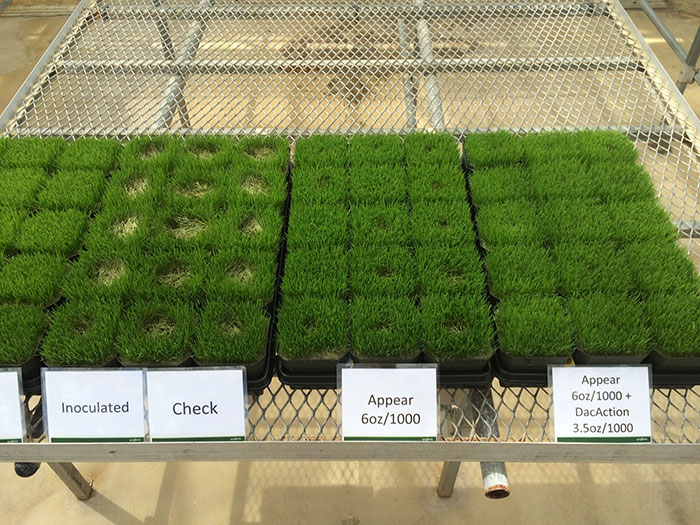Fungicide facts with Syngenta’s Lane Tredway
Golfdom spoke with Lane Tredway, Ph.D., senior technical representative, at Syngenta’s Innovation Day. Tredway gave us more details about Syngenta’s new Appear fungicide, announced at Innovation Day, and Velista fungicide, announced during the 2015 Golf Industry Show. Appear Tredway and researchers are ...Read More






